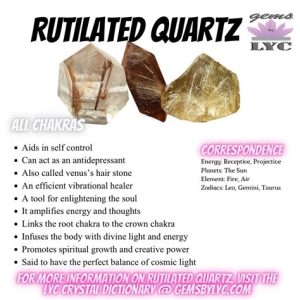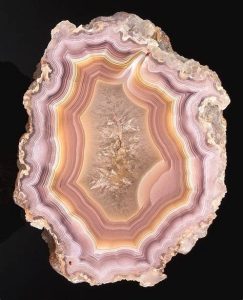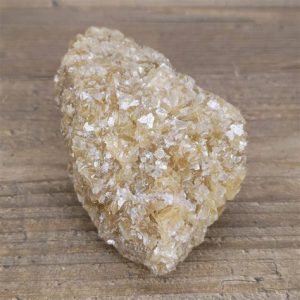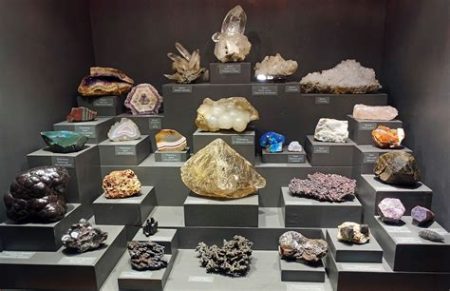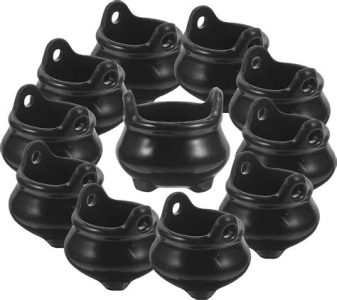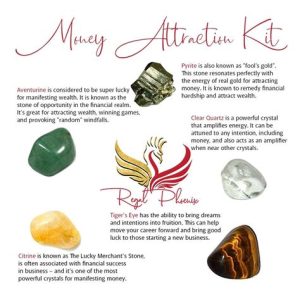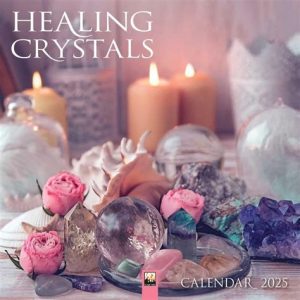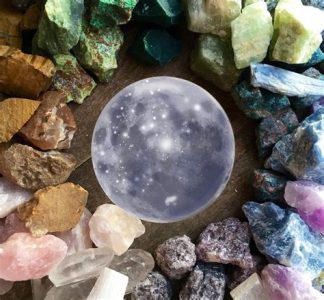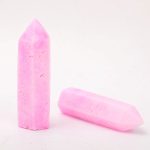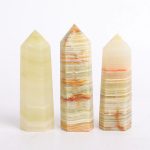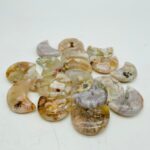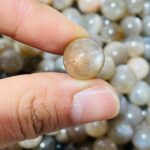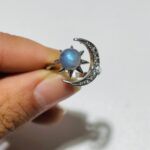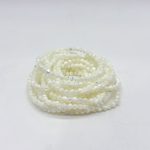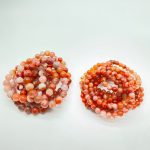Quartz crystals, renowned for their piezoelectric and optical properties, have a diverse range of applications across industries. The price of quartz crystals varies significantly based on several factors, including quality, grade, and provenance.

Quartz Crystal Quality
The quality of a quartz crystal directly impacts its suitability for specific applications.
- Optical Grade: Exceptional clarity and low impurity levels; suitable for optics, lasers, and telecommunications.
- Electronic Grade: High purity and minimal defects; used in electronic devices, such as oscillators and sensors.
- Industrial Grade: Lower purity and higher defect concentration; suitable for non-critical applications, such as abrasives.
Quartz Crystal Grade
The grade of a quartz crystal further defines its quality and intended purpose.
Natural Quartz:
* AA Grade: Highest quality with minimal inclusions and high clarity
* A Grade: Good quality with some visible inclusions
* B Grade: Moderate quality with numerous inclusions
* C Grade: Lower quality with significant inclusions
Laboratory-Grown Quartz:
* Laser Quartz: Synthesized for specific properties, such as high optical quality
* Hydrothermal Quartz: Grown in a controlled environment, offering excellent purity and consistency
Quartz Crystal Provenance
The origin of quartz crystals can affect their price due to geographic variations in availability and quality.
- Brazil: Known for high-quality natural quartz crystals, especially smoky quartz and citrine.
- Madagascar: Renowned for its unique pink quartz and rare varieties, such as aura quartz.
- China: A major producer of laboratory-grown quartz crystals, offering a wide range of grades and sizes.
Factors Influencing Quartz Crystal Prices
- Size: Larger crystals command higher prices due to their rarity.
- Color: Rare or specific colors, such as pink quartz, can increase the value.
- Clarity: Crystals with minimal inclusions and high transparency fetch higher prices.
- Shape: Cut and polished crystals, such as spheres and points, generally have a premium.
- Treatment: Enhanced or treated crystals, such as heat-treated or irradiated, may have different pricing.
Typical Price Ranges for Quartz Crystals
| Quality | Grade | Price Range |
|---|---|---|
| Optical Grade | AA | $100-$1,000 per carat |
| Electronic Grade | A | $20-$50 per carat |
| Industrial Grade | C | Less than $1 per carat |
Note: Prices may vary based on market conditions and supplier availability.
Application-Specific Pricing
Quartz crystals are used in various applications, each with its own pricing considerations:
- Jewelry: Gem-quality crystals cut into faceted stones or cabochons can fetch premium prices.
- Electronics: Piezoelectric crystals for oscillators and sensors have specific frequency requirements and price ranges.
- Industrial: Quartz abrasives and powders are priced based on particle size and purity.
- Optical: Precision-cut quartz components for lenses, prisms, and other optical applications command high prices.
Tips and Tricks for Finding Affordable Quartz Crystals
- Shop online or at wholesale suppliers: They often offer lower prices than retail stores.
- Consider laboratory-grown crystals: They provide a more affordable alternative to natural quartz while maintaining high quality.
- Bulk discounts: Buying larger quantities can result in significant savings.
- Negotiate with suppliers: Politely inquire about discounts or special pricing.
Common Mistakes to Avoid
- Assuming high prices indicate high quality: Price is not always a reliable indicator of crystal quality.
- Buying treated crystals as natural: Enhanced crystals may have altered properties and lower value.
- Ignoring provenance: The origin of quartz crystals can impact availability and pricing.
- Overpaying for small crystals: The price of quartz crystals increases disproportionately with size.
- Choosing the wrong grade for the application: The appropriate grade of quartz crystal is crucial for optimal performance.
Frequently Asked Questions
Q: How do I identify the quality of a quartz crystal?
A: Examine its clarity, inclusions, and overall appearance. Consult with a gemologist or crystal expert for professional assessment.
Q: Can I grow my own quartz crystals?
A: Yes, you can grow quartz crystals in a laboratory or home setting using hydrothermal or other methods, but it requires specialized equipment and knowledge.
Q: What is the most valuable type of quartz crystal?
A: The most valuable quartz crystals are rare varieties with exceptional clarity and color, such as Herkimer diamonds, pink quartz, and amethyst.
Q: Can the price of quartz crystals fluctuate?
A: Yes, the price of quartz crystals can fluctuate based on factors such as global demand, mining conditions, and technological advancements.
Q: What are the potential new applications for quartz crystals?
A: Ongoing research explores using quartz crystals in quantum computing, nanoelectronics, and biomedical sensing.
Q: Is there a way to enhance the energy of a quartz crystal?
A: Some believe that quartz crystals can be cleansed and charged using various methods, such as running water, sunlight, or moonlight. However, scientific evidence does not support these claims.
Q: Where can I find more information about quartz crystals?
A: Consult reputable sources, such as the Gemological Institute of America (GIA), the American Gem Trade Association (AGTA), or reputable crystal sellers and websites.

